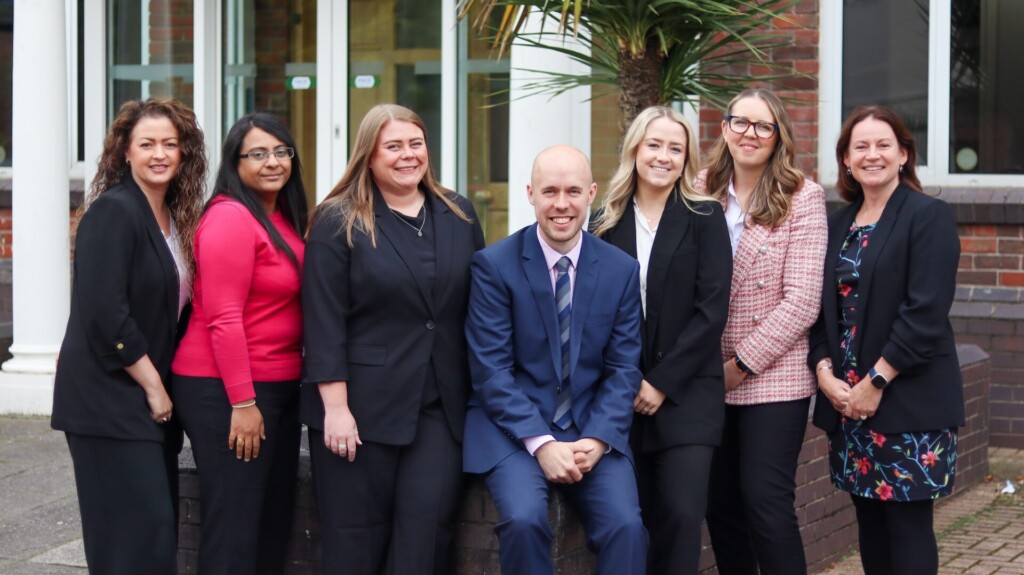What is copyright?
Copyright arises automatically on the creation of an “original work” (i.e. something which expresses the intellectual creation of the author) and recognises this, provided that certain requirements are met. As it arises automatically, there is no register of copyright works to which you can refer to understand whether or not you can use a work.
The three types of copyright
There are the following three categories of copyright works, although a work can fall within more than one of the copyright categories:
- original literary, dramatic, musical and artistic;
- film, sound recordings and broadcasts; and
- typographical arrangements.
If an original work was created in, say, the 1980s, it is likely that it will still have copyright protection today. This is because copyright generally lasts for the life of the author plus 70 years.
It is always advisable for owners of copyright to use copyright notices, although there is no legal requirement for them to do so. Therefore, a work can be marked with the copyright symbol, name and year of creation but if that mark is not there, it does not mean the work has no copyright protection. An example of a copyright mark is the following:
![]()
It is also worth mentioning that the law in this area is designed to prevent copying, and it does not matter if a similar work already exists provided that it has not been copied.
Using copyrighted material and licences
Using a copyright work without permission may infringe the owner’s rights and, should a claim be brought and won, remedies for the owner could include an injunction to stop the infringer using the work, together with damages and an award of costs.
It is therefore important to deal with original work appropriately, namely via an assignment of the copyright, or, perhaps more commonly, through a licence.
Under a licence, the copyright owner grants permission for the licensee to use the work in ways which would otherwise be considered an infringement. Licences can take different forms, for example a formal signed negotiated document, a letter or a verbal agreement. However, it is better to ensure that any agreement is recorded in a written format to afford a degree of certainty as to the terms agreed.
Licences can be obtained directly from the owner or, perhaps more commonly, from a licencing body, in which case you are likely to be contracting on their standard terms.
Licences may be in such a form that licences may be granted to others – that is, non-exclusive.
The following are examples of when copyright licences may be required include:
- to reproduce artwork on a product, e.g. a photograph, drawing or painting.
- to photocopy or re-use content from a magazine or online publication.
Not all uses of an original work will infringe the copyright. The legislation does permit “fair dealing” with certain types of copyright work for the purposes of:
- Research and private study;
- Criticism or review;
- Reporting current events;
- Quotation (to be accompanied by sufficient acknowledgment); or
- Parody, caricature, pastiche.
However, if you are in any doubt whether the use is permitted, it is advisable to seek advice as it may be costly if infringement can be proved.
Contact usCONTACT US
Need more advice?
For help with a legal problem or more information on any of our services at Lodders, please get in touch with our friendly team. You can contact us via the number or email address below, or fill in the form and we will get back to you as quickly as we can.

Read more
Other news, insights and events




![Standing outide Lodders Birmingham office at 1 Newhall Street - [L-R] Edward Siddall-Jones, Director, Siddall Jones Limited; Beverley Morris, Partner, Lodders; Alexis Nicholls, Operations Director, Lodders; Graham Spalding, Partner, Lodders.](https://www.lodders.co.uk/wp-content/uploads/2024/07/Birmingham-office-PR-shot-1024x819.jpg)


